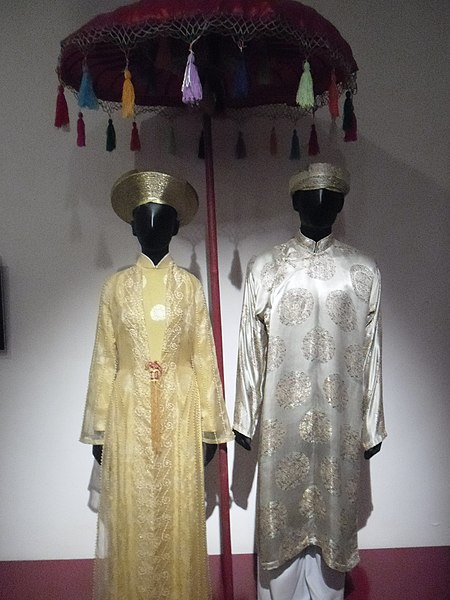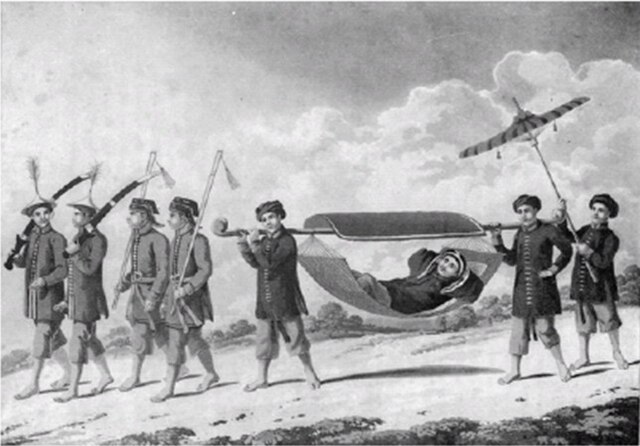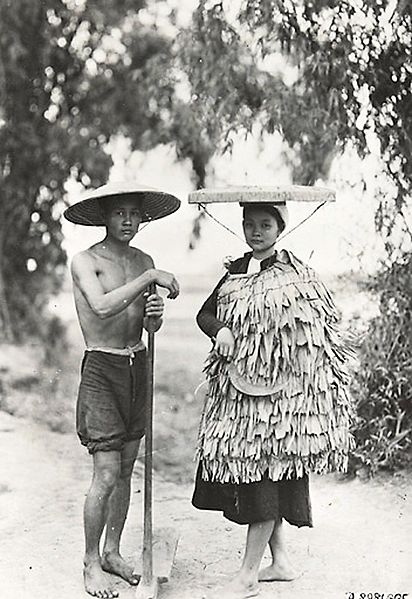Lê Lợi, also known by his temple name as Lê Thái Tổ (黎太祖) and by his pre-imperial title Bình Định vương, was a Vietnamese rebel leader who founded the Later Lê dynasty and became the first king of the restored kingdom of Đại Việt after the country was conquered by the Ming dynasty. In 1418, Lê Lợi and his followers rose up against Ming rule. He was known for his effective guerrilla tactics, including constantly moving his camps and using small bands of irregulars to ambush the larger Ming forces. Nine years later, his resistance movement successfully drove the Ming armies out of Vietnam and restored Vietnamese independence. Lê Lợi is among the most famous figures of Vietnamese history and one of its greatest heroes.
Lê Lợi statue in front of the Municipal Hall of Thanh Hóa Province, the place of his birth
Coins issued by the Lam Sơn 's National Liberation army
Jiaozhi Province (northern Vietnam) when it was under Ming occupation (1407–1427)
Illustration of primitive tank from Chinese book Wujing Zongyao
The Vietnamese people or the Kinh people, also recognized as the Viet people or the Viets, are a Southeast Asian ethnic group native to modern-day Northern Vietnam and Southern China who speak Vietnamese, the most widely spoken Austroasiatic language.
One of the traditional costumes of Vietnamese people
Vietnamese soldiers in 1828
Vietnamese bureaucrat officials, 1883–1886
Vietnamese farmers in 1921








